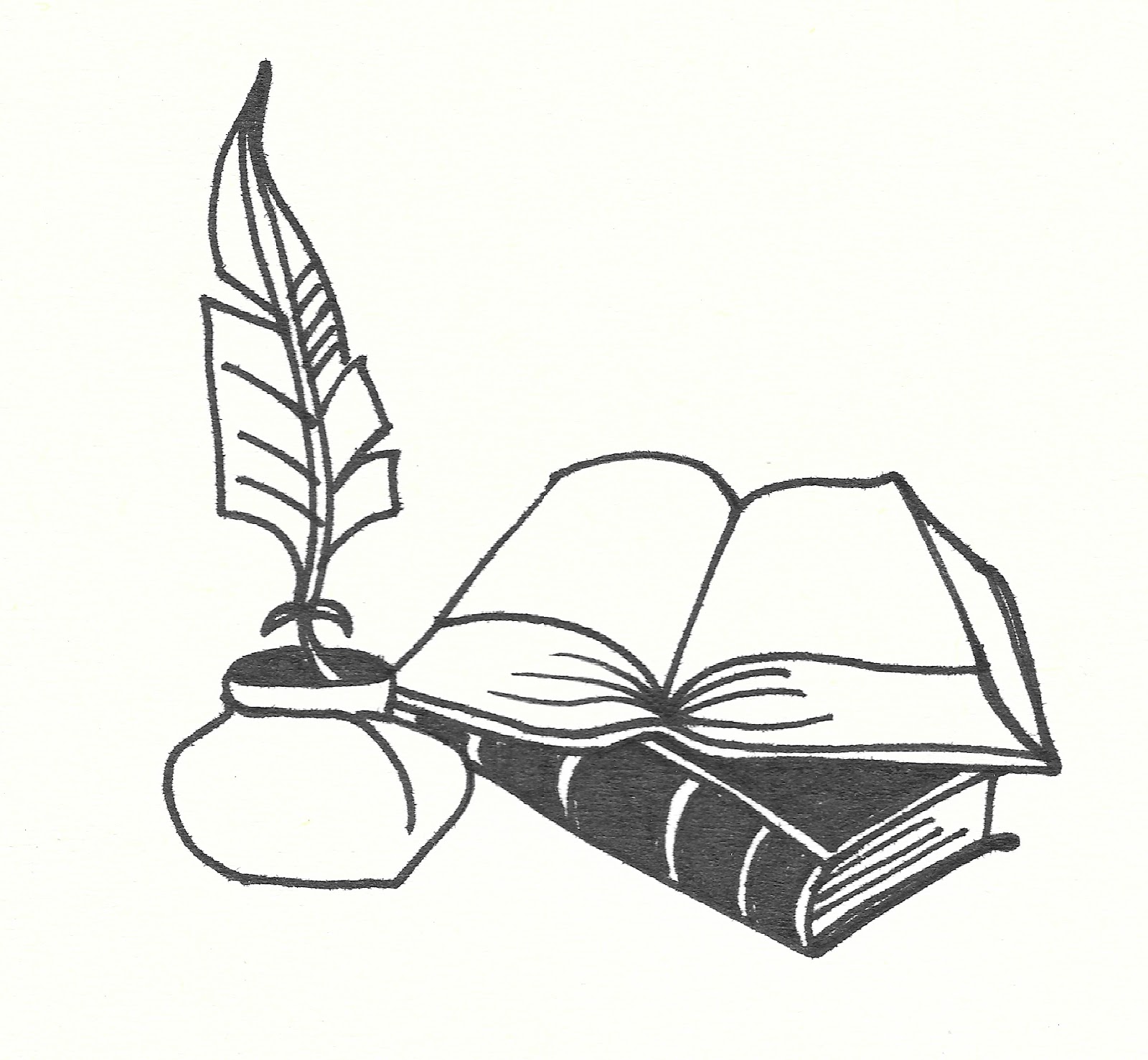One of the things I used to associate with those quiet days after Christmas was having to write thank you letters. Before computers and smart phones, it was the only way to thank all the relatives and friends that I didn’t actually see at Christmas for the presents they’d kindly given me. Making a quick phone call to thank them was not an acceptable option in my family! Anyway, I quite enjoyed writing letters, which I suppose is not surprising given that I am now a writer.
Of course, nowadays, most people will have expressed their thanks in an email or a text message. I wonder how many actual physical thank you letters are written and put in the post these days?
One of the fun things about writing historical fiction is getting to discover how people did ordinary things in the past. In both my novel, The White Phoenix, and the novel I am currently working on, set in Victorian London, I’ve had to work out how my characters would communicate with each other without being able to pick up a phone, or send a text message or email. It got me thinking about how communicating has changed over the past 500 years.
To find out more, I visited the Postal Museum in London (on a rather windy day!)
From my research for The White Phoenix, I knew that the Royal Mail already existed in 1666, and that the General Letter Office in central London had burned down during the Great Fire with the loss of a huge number of letters. It was called the Royal Mail because it used the distribution system already in place for royal and government documents. This system had been put in place originally by Henry VIII (who else? He always gets involved!) and then in 1635 King Charles I made it legal to use the royal post to send private letters. The General Post Office, the state postal system, was formally and legally established in 1660 with post offices throughout the country connected by regular routes. But, as I learnt at the Postal Museum, post in those days did not necessarily remain private. Staff at the General Letter Office would open letters to check that no one was plotting against the King or the government, so if you wanted to make sure your letter was truly private, you needed to find another way to send it.
Luckily, people could also send letters by the carriers who plied between towns, taking people and goods, or by giving it to a friend travelling to the right town, or – if you had money – you could use a private messenger. In The White Phoenix, letters are often sent by carrier.
When the Post Office was first established, the mail was distributed by post boys travelling on foot. But post boys were slow and sometimes unreliable, and – unluckily for them – they were also vulnerable to highwaymen and pressgangs trying to forcibly recruit men for the army and navy. In 1784 smart new mail coaches replaced the post boys along many major routes which really speeded up mail delivery.
The next great innovation came in 1840 with the introduction of the Penny Black, the world’s first postage stamp. Until then, the cost of sending a letter depended on the number of sheets of paper included and the distance the letter had travelled and it was the recipient of the letter who paid for its delivery. You could choose not to pay, but then you didn’t receive the letter. I will never forget a story I once heard about two old and poverty-stricken friends who sent each other a blank sheet of paper every 6 months– they never accepted the ‘letter’ so they couldn’t pass on any news, but at least they knew that they were both still alive!
However, it wasn’t until 15 years later that post boxes were introduced - before that you had to take your letter to the nearest post office. The first post boxes were green, not the red we are used to today.
I was very happy to discover that post boxes began to appear on the streets of London at around the time my new novel is set – it made it so much easier for my main character to sneak out and post a letter! In a nice literary link, the famous Victorian novelist Anthony Trollope is credited with introducing the post box when he worked for the Post Office. The first post boxes in the UK were in the Channel Islands.
Post boxes have changed in colour and size and design since the mid-nineteenth century, but they are still instantly recognisable, whatever their age. The post box where I live has been painted gold since 2012, in honour of Mo Farah’s gold medal at the 2012 Olympics.
We might marvel at how much slower Victorian communications were than ours are today, but in Victorian London, you could expect to receive 12 deliveries of post a day – that’s one an hour! – and it was possible to send a letter by post and receive an answer the same day. Imagine that happening nowadays!
Of course, the fascinating displays in the Postal Museum cover the story of the Post Office right up to the present day, including such things as the introduction of the postcode, and the role post boxes played in the Second World War. If my next historical novel is set in the twentieth century, I will certainly be paying another visit, so that I can add authentic historical detail to my story. After all, people will always need to communicate with one another, and there’s nothing like an unexpected letter or a mysterious parcel to move a plot along!
Watch Catherine's YouTube video on Catching the Post by clicking here
The White Phoenix by Catherine Randall is an historical novel for 9-12 year olds set in London, 1666. It was shortlisted for the Historical Association’s Young Quills Award 2021.
Published by the Book Guild, it is available from bookshops and online retailers.
For more information, go to Catherine’s website: www.catherinerandall.com









